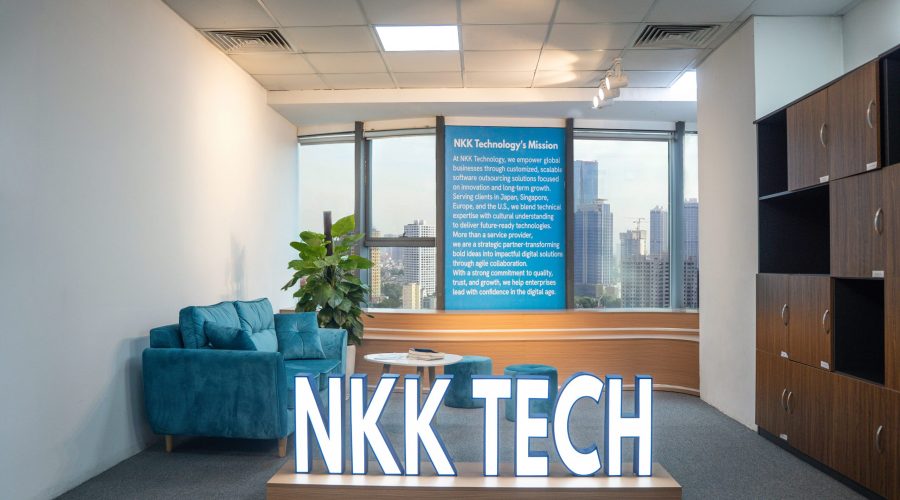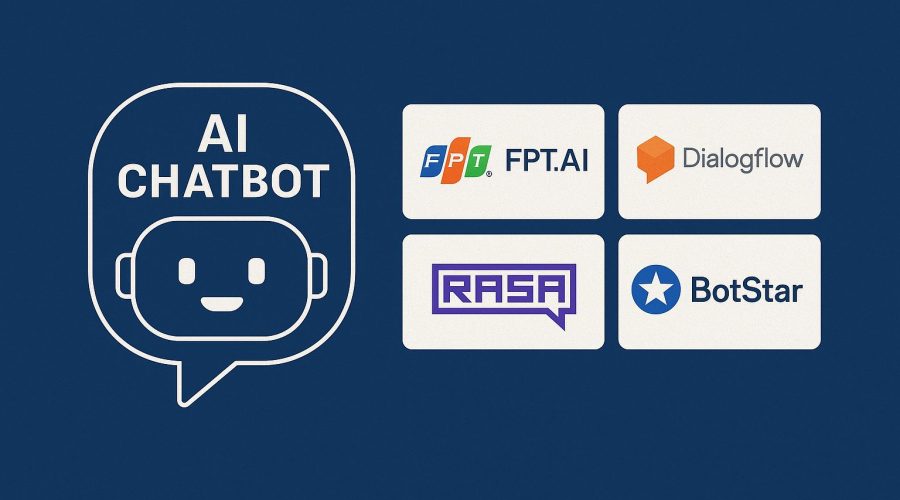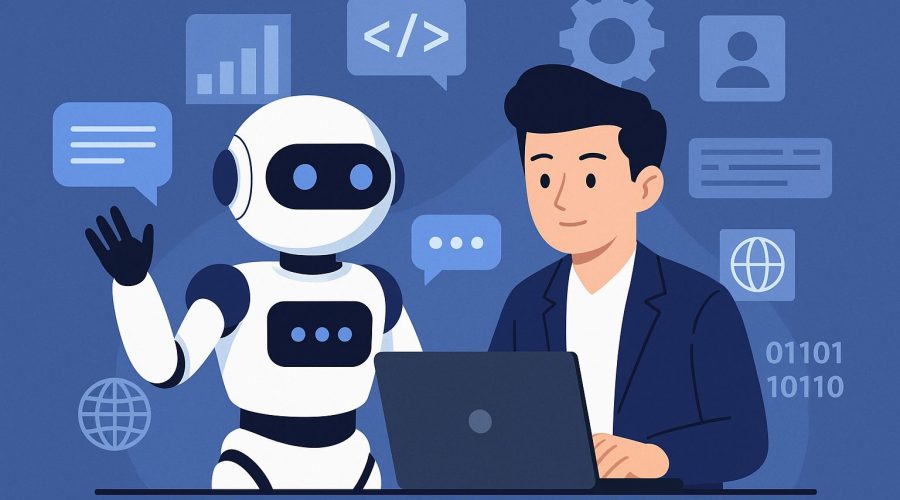Unlocking the Power of Chatbot Technology for Your Business
In today’s fast-paced digital world, businesses are constantly seeking innovative ways to connect with their customers and streamline operations. Enter chatbot technology, a game-changer that is rapidly transforming how companies interact with their audience. This powerful tool offers instant support and personalized experiences, making it an essential asset for modern enterprises.
This guide will explore the fascinating world of chatbot technology, from its core mechanics to its widespread applications and future potential. Understanding these insights can help you harness its full capabilities for your organization.
Table of Contents
What Exactly is Chatbot Technology?
At its core, chatbot technology refers to computer programs designed to simulate human conversation. These programs allow users to interact with digital systems using natural language, either through text or voice. Think of them as digital assistants available 24/7, ready to answer questions or perform tasks.
Initially, chatbots were simple, rule-based systems following pre-defined scripts. For instance, they might only respond to specific keywords with pre-set answers. However, thanks to advancements in artificial intelligence (AI), today’s chatbots are far more sophisticated. They can understand complex queries, learn from interactions, and provide more nuanced responses. This evolution has transformed them from basic tools into powerful engines of customer engagement.
The primary purpose of implementing chatbot technology is to automate routine tasks, provide instant information, and offer consistent support. This capability frees up human agents to focus on more complex or sensitive issues. Consequently, businesses can improve their efficiency and deliver a better customer experience simultaneously. They have become an indispensable part of modern digital communication strategies across various industries.
Moreover, the rise of conversational AI has blurred the lines between human and machine interactions. Modern chatbots leverage advanced algorithms to process and understand human language patterns. This allows them to engage in fluid and context-aware conversations. Many companies now rely on these intelligent agents to manage initial customer inquiries, offering immediate resolutions and guiding users through various processes. It’s truly a testament to how far this technology has come in a relatively short period.
How Chatbot Technology Works: The Mechanics Behind the Magic
Understanding how chatbot technology operates reveals the intelligence beneath its conversational surface. The core components typically include Natural Language Processing (NLP), Machine Learning (ML), and extensive databases. When a user inputs a query, the chatbot’s NLP engine takes over, analyzing the text or voice input to understand its intent and context.
Specifically, NLP is crucial because it allows the chatbot to interpret human language, which is often ambiguous and complex. It identifies keywords, phrases, and the overall sentiment of the user’s message. For example, if a user asks, “Where is my order?” the NLP engine recognizes the intent as “order status inquiry.” Furthermore, machine learning models then help the chatbot improve its understanding over time, learning from previous interactions and adjusting its responses accordingly. This continuous learning process makes AI chatbots increasingly effective.
Once the intent is understood, the chatbot retrieves the most appropriate response from its knowledge base or performs a specific action. For rule-based chatbots, this means finding a pre-programmed answer associated with the identified intent. In contrast, advanced virtual assistants powered by AI might generate a dynamic response based on vast amounts of data and real-time information. This ability to generate novel responses is a significant differentiator. You can learn more about how NLP powers these interactions by visiting resources like IBM’s guide on Natural Language Processing.
The entire process happens in milliseconds, giving users the impression of instant communication. Moreover, the integration of these sophisticated technologies enables chatbots to handle a wide array of queries, from simple FAQs to more intricate transactional requests. Consequently, businesses can automate a significant portion of their communication workload, ensuring consistent and timely support. This deep dive into the mechanics reveals why chatbot technology is so effective at automating and enhancing customer interactions.
The Tangible Benefits of Implementing Chatbot Technology
Implementing chatbot technology offers a multitude of advantages for businesses aiming to enhance their operations and customer relationships. One of the most significant benefits is the provision of 24/7 customer support. Unlike human agents, chatbots never sleep, ensuring that customer inquiries are addressed promptly, regardless of time zones or holidays. This constant availability drastically improves customer satisfaction.
Furthermore, businesses can achieve substantial cost savings by adopting customer service automation through chatbots. By handling routine and repetitive questions, chatbots reduce the need for large customer support teams. This reduction in operational overhead directly contributes to improved profitability. Moreover, the efficiency gained from instant responses and automated processes frees up human agents to focus on more complex, high-value tasks that truly require human empathy and problem-solving skills.
Another key benefit is scalability. Chatbots can simultaneously manage thousands of conversations without any degradation in performance. This is impossible for human teams, especially during peak demand. Consequently, businesses can handle a massive influx of inquiries during sales events or product launches without overwhelming their staff. This scalability ensures that customer experience remains consistent and high-quality, even under pressure. Improving user experience is indeed a core objective when deploying this cutting-edge solution.
Finally, chatbot technology excels in data collection and lead generation. Chatbots can gather valuable customer information, preferences, and feedback during conversations. This data provides insights that businesses can use to personalize services, refine marketing strategies, and identify potential sales opportunities. Additionally, they can qualify leads by asking a series of targeted questions, forwarding only the most promising ones to the sales team. This strategic capability makes them invaluable for both customer service and revenue generation, proving their versatility across various business functions.
Different Types and Applications of Chatbot Technology
The landscape of chatbot technology is diverse, primarily categorized into two main types: rule-based and AI-powered (or intelligent) chatbots. Rule-based chatbots operate on predefined rules and scripts. They are excellent for handling frequently asked questions (FAQs) and specific, predictable interactions. For example, a rule-based bot might guide users through a menu or answer questions only if they match exact keywords. While less flexible, they are reliable for structured tasks and provide consistent responses.
On the other hand, AI-powered chatbots, also known as conversational AI agents, are far more advanced. They leverage machine learning and natural language processing to understand context, learn from interactions, and engage in more fluid, human-like conversations. These bots can handle complex queries, personalize responses, and even infer user intent from ambiguous phrasing. Consequently, they offer a superior user experience, adapting and evolving with each interaction. Many modern virtual assistants fall into this category, demonstrating the pinnacle of current chatbot capabilities.
The applications of chatbot technology are incredibly broad and span across nearly every industry. In customer support, chatbots are used to resolve common issues, provide product information, and guide users to relevant resources. For instance, banks use them to answer balance inquiries or help with password resets. In sales and marketing, chatbots qualify leads, recommend products based on user preferences, and even assist with checkout processes on e-commerce sites. They can engage website visitors, capturing crucial information before handing off to a human sales representative.
Beyond customer-facing roles, chatbots are also valuable in internal operations. HR departments use them to answer employee questions about benefits or company policies. Healthcare providers employ them for appointment scheduling or general health information. Furthermore, educational institutions use them for student support, answering questions about courses or admissions. The versatility of chatbot technology makes it an indispensable tool for enhancing efficiency and engagement across a wide range of use cases, showing its truly transformative potential in various sectors.
Navigating Challenges and The Future of Chatbot Technology
Despite their impressive capabilities, chatbot technology faces several challenges that developers and businesses must address. One primary hurdle is the ability of chatbots to understand complex or nuanced human language. While NLP has advanced significantly, distinguishing sarcasm, cultural references, or highly ambiguous statements remains difficult. This limitation can sometimes lead to frustrating interactions if the chatbot fails to grasp the user’s true intent, requiring a human handover.
Another challenge involves maintaining human-like conversation and empathy. Users often expect a certain level of emotional intelligence, especially in sensitive situations. Current AI chatbots can simulate empathy to some extent, but they still lack genuine understanding. Furthermore, ethical concerns such as data privacy and algorithmic bias are crucial considerations. Businesses must ensure that chatbots handle personal data securely and that their AI models are fair and unbiased, reflecting responsible development practices in this rapidly evolving field.
Looking ahead, the future of chatbot technology is incredibly promising and dynamic. We can anticipate more sophisticated AI models that offer even more natural and intuitive interactions. Advances in machine learning will enable chatbots to learn faster and adapt more seamlessly to new contexts and user behaviors. Moreover, the integration of chatbots with other emerging technologies like Virtual Reality (VR) and Augmented Reality (AR) will create immersive and innovative user experiences. Imagine a virtual assistant guiding you through a complex task in a 3D environment.
Hyper-personalization is another significant trend. Future chatbots will leverage vast amounts of user data to provide highly tailored recommendations and services, anticipating user needs even before they are explicitly stated. Voice assistants will also continue to become more prevalent and capable, integrating deeply into smart homes and everyday devices. Ultimately, the continuous evolution of chatbot technology aims to create seamless, intelligent, and truly helpful digital companions that blur the lines between human and artificial interaction, constantly redefining what’s possible in automation and customer engagement.
Chatbot technology is no longer just a futuristic concept; it’s a present-day reality transforming how businesses operate and engage with their customers. From enhancing customer service to streamlining internal processes, the benefits are clear. As this technology continues to evolve, embracing it will be key to staying competitive and delivering exceptional experiences. Consider how integrating chatbot technology can empower your business to thrive in the digital age.




